A Salvaged Banksy Mural is Now on View in NYC
This unique Banksy mural goes up for auction on May 21st in NYC!


With the fastest-growing economy in Europe, and a young, well-educated population fit for its expanding tech industry, the Irish hope for a flourishing future as they observe the 100th centenary year of Dublin’s Easter Rising of 1916. From the Docklands down the length of the Liffey River, past Guinness Brewery on one bank and Jameson’s Distillery on the other, to the Kilmainham Gaol where the Rising’s leaders were executed by the British, Dublin shimmers with prosperity and building.
Much of the streetscape is torn up to expand public transportation, but Dubliners seem to take that in stride as a necessary step. As my cabbie commented on the drive in from the airport, “It was a terrible thing, the Rising, as Yeats said. But without it we’d still be living in degraded destitution and savagery. Instead, we’re wealthy and free.” Many of the other nations that resisted the British Empire in the early 20th century are neither wealthy nor free, leaving Ireland to stand as a thought-provoking model.
But it was a quixotic rebellion—an urban skirmish in a tiny, impoverished country against an imperial power, lasting only five days and ending in military disaster and brutal executions, all the while commanding world attention. The New York Times alone ran over fifty articles, writes Liam Stack, keeping the story on its front page for over two weeks.
Nearly all historians today agree that the Rising was initially unpopular and opaque to the Irish people. It would likely have ended in demeaning obscurity had the British authorities not chosen to impose harsh martial law, which they then used to quickly executive 16 leaders, most of them young, conferring heroic status. Romanticized further by several of the world’s greatest writers who happened to be Irish, the leaders morphed into giants. They had resigned their part, wrote William Butler Yeats, in the “casual comedy” of everyday life. Instead, “All changed, changed utterly: A terrible beauty is born,” and Ireland was set on an entirely new course. The Brits had pretty much succeeded in converting a botched rebellion to a triumphant one.
As journalist Conn Hallinan, himself the descendant of Irish revolutionaries, summarized, “And yet the failure of the Easter Rebellion would eventually become one of the most important events in Irish history—a ‘failure’ that would reverberate worldwide and be mirrored by colonial uprisings almost half a century later.”
This centenary year, Dublin is celebrating the past and the future with excellent events and exhibitions focused on the strategic points the rebels had hoped to hold. Here are a few.
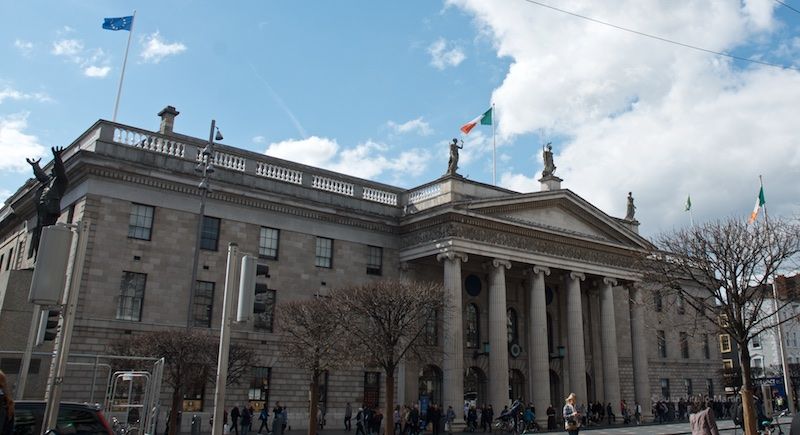
There’s something oddly appropriate about a General Post Office, center of communications in the old economy, being the headquarters for a rebellion that actually did lead after many decades to a new economy. Opened in 1818, GPO quickly became a symbol of British imperialism, but one which the Rising leaders thought would not be shelled by the British. They miscalculated.
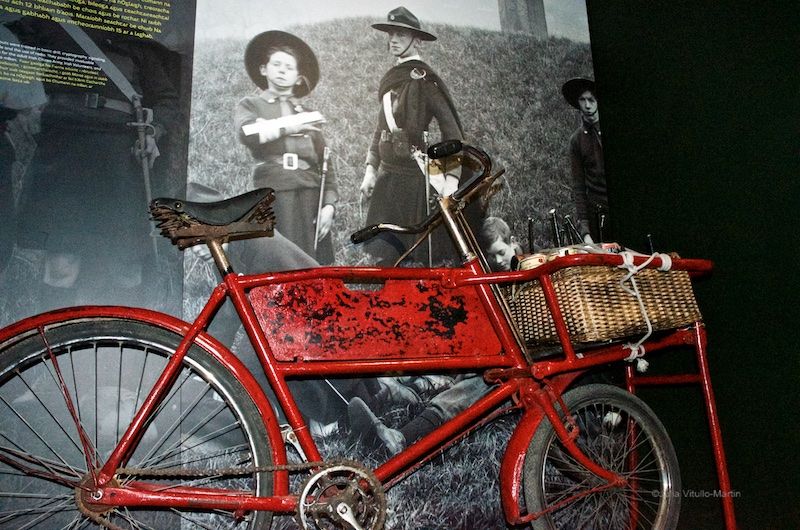
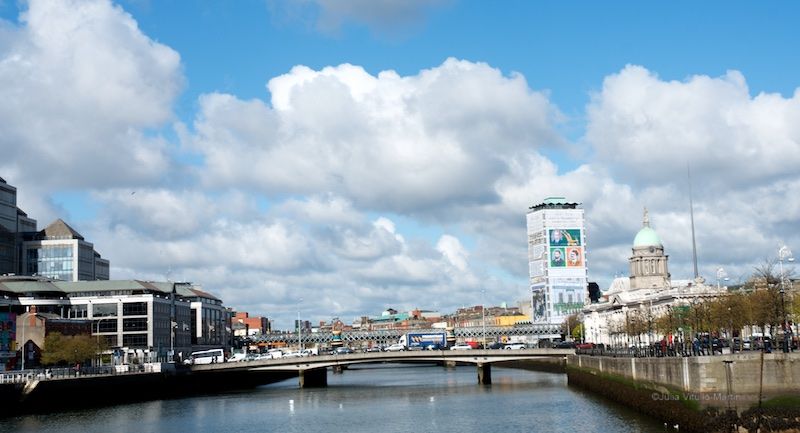
Liberty Hall has often been at the very core of radical action in Dublin. First the headquarters of the Irish Transport and General Workers Union in the early 20th century it functioned as an important shelter and food kitchen for workers (run by two spectacular women, Maud Gonne and Countess Constance Markievicz) during the notorious lock-out of 1913. Liberty Hall also became the headquarters of the Irish Citizen Army, which hung a defiant banner saying, “We Serve Neither King nor Kaiser, But Ireland.” It was the first building shelled by the British during the Rising.
In May 1917, four women barricaded themselves in the building, and hung a large banner from the top window, referring to the previous year’s execution of one of the leaders: “James Connolly Murdered May 12th 1916.” It took the police almost an entire day to break in and tear the banner down. As The Irish Times noted, Liberty Hall was “the centre of social anarchy in Ireland, the brain of every riot and disturbance.”
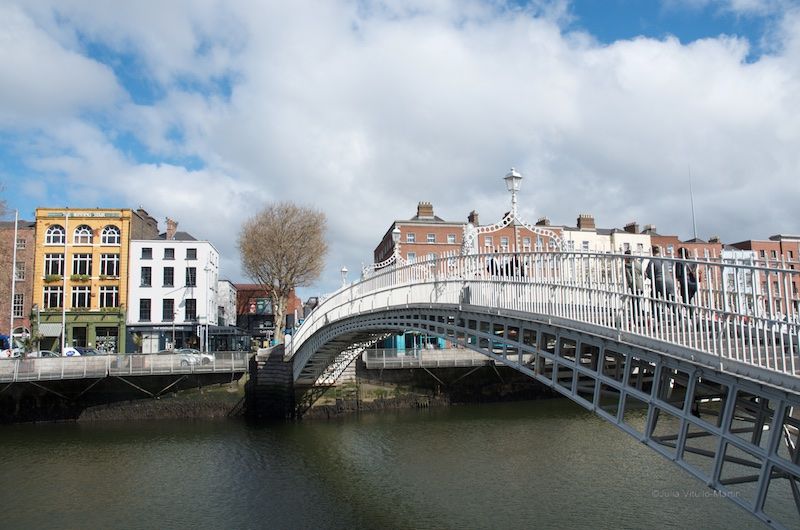
Regarded as a symbol of Dublin today, the cast-iron Ha’penny Bridge was nearly demolished around the time of the Rising, which diverted public attention away from aesthetics. When revolutionaries crossed the bridge carrying canister bombs, the toll man demanded they pay the half-penny. They refused, of course. It is said that no toll was ever again collected. The bridge’s 200th anniversary was celebrated May 19, 2016.
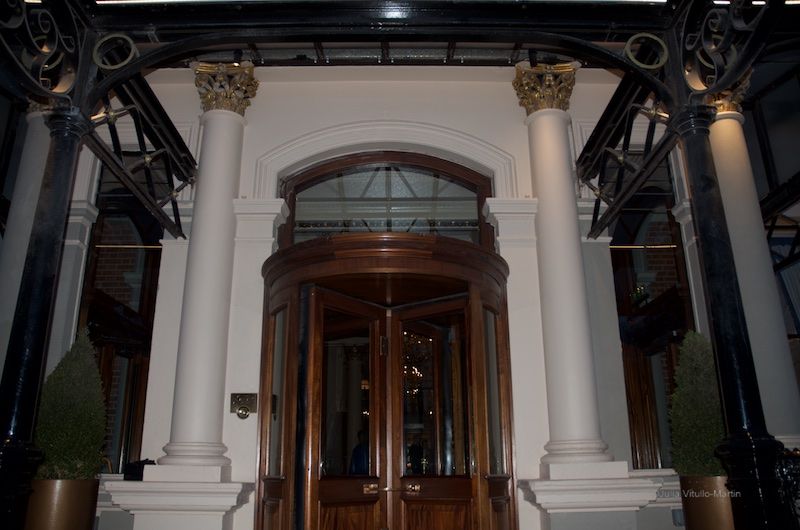
Often acclaimed as one of the most beautiful Georgian cities, Dublin has fine buildings and squares designed and erected between 1714, the first year of King George I’s reign, and 1830, When King George IV died. St Stephen’s Green, the largest of the Georgian squares at 22 acres, is a brisk 10-minute walk from the GPO and one of the major sites briefly occupied by the revolutionaries, who dug trenches against a ground attack. When British snipers took over the high floors of the Shelbourne Hotel on the north side of the Green, the insurgents had to fall back.
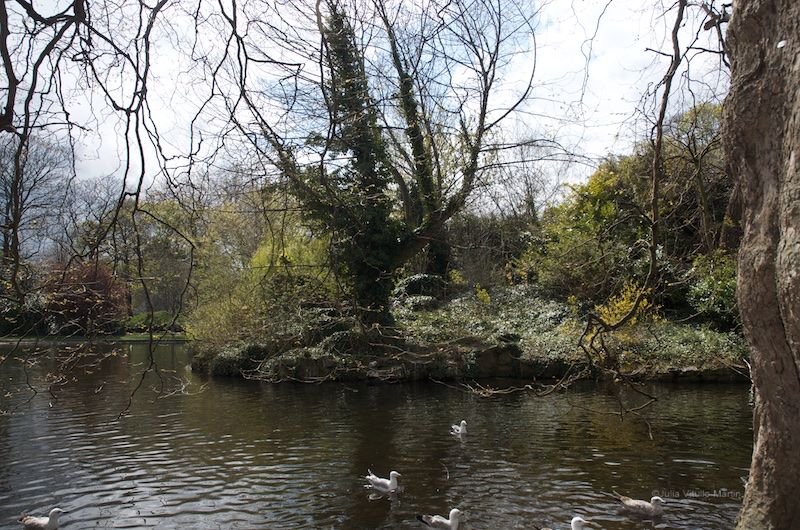
Rebels in St Stephen’s Green and British snipers in the Shelbourne would cease fire so that the ducks could be fed.
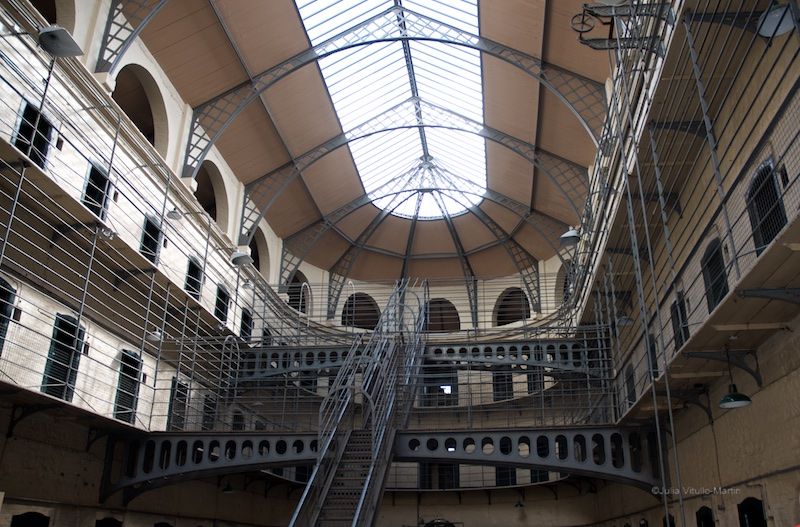
How important was Kilmainham Gaol historically? Leaders of the rebellions of 1798, 1803, 1848, 1867 and 1916 had been imprisoned there, and many were executed, between Kilmainham’s opening in 1796 and its de-commissioning by the Irish Free State in 1924. Except for Daniel O’Connell and Michael Collins nearly all prominent Irish revolutionaries had been prisoners of Kilmainham, which is today one of Ireland’s most visited national heritage sites. Ironically, it was designed as a progressive prison, with three stories, three galleries, and an open skylight to provide healthful light and air. The cells were for individuals, an improvement on the old crowding, though an easy step to isolation and sensory deprivation.
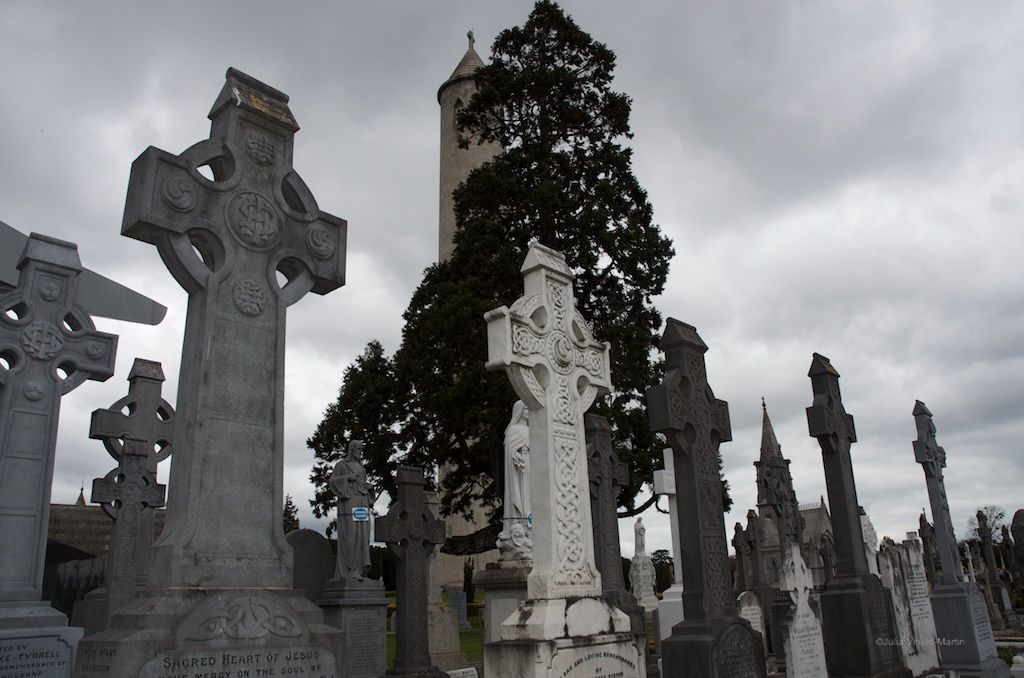
Glasnevin contains the graves of many Irish heroes, including Daniel O’Connell, Charles Stewart Parnell, Michael Collins, Maude Gonne, Kevin Barry, Roger Casement, and Constance Markievicz but not the graves of the 15 leaders shot at Kilmainham. Their bodies were covered in lime and buried in an unmarked mass grave.
Humming with activity and street life, Dublin today bears little resemblance to the impoverished, dirty, polluted city of 100 years ago. It must grapple with population increase, a welcome problem after centuries of population decrease, as well as a housing shortage, periodic labor unrest, and inadequate public transportation. It is substantially expanding its tram/light rail system, which now carries about 35 million passengers annually. The new lines will almost surely be insufficient, but these problems of growth are preferable to the earlier ones of decline.
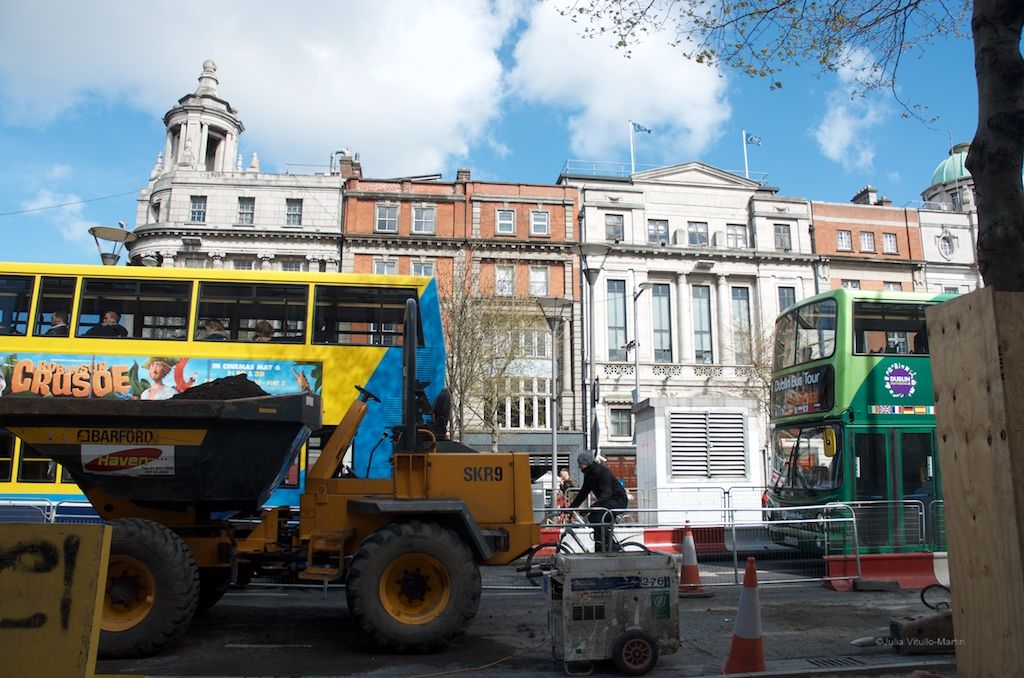
Julia Vitullo-Martin is a Senior Fellow at the Regional Plan Association. Get in touch with her @JuliaManhattan.
Subscribe to our newsletter